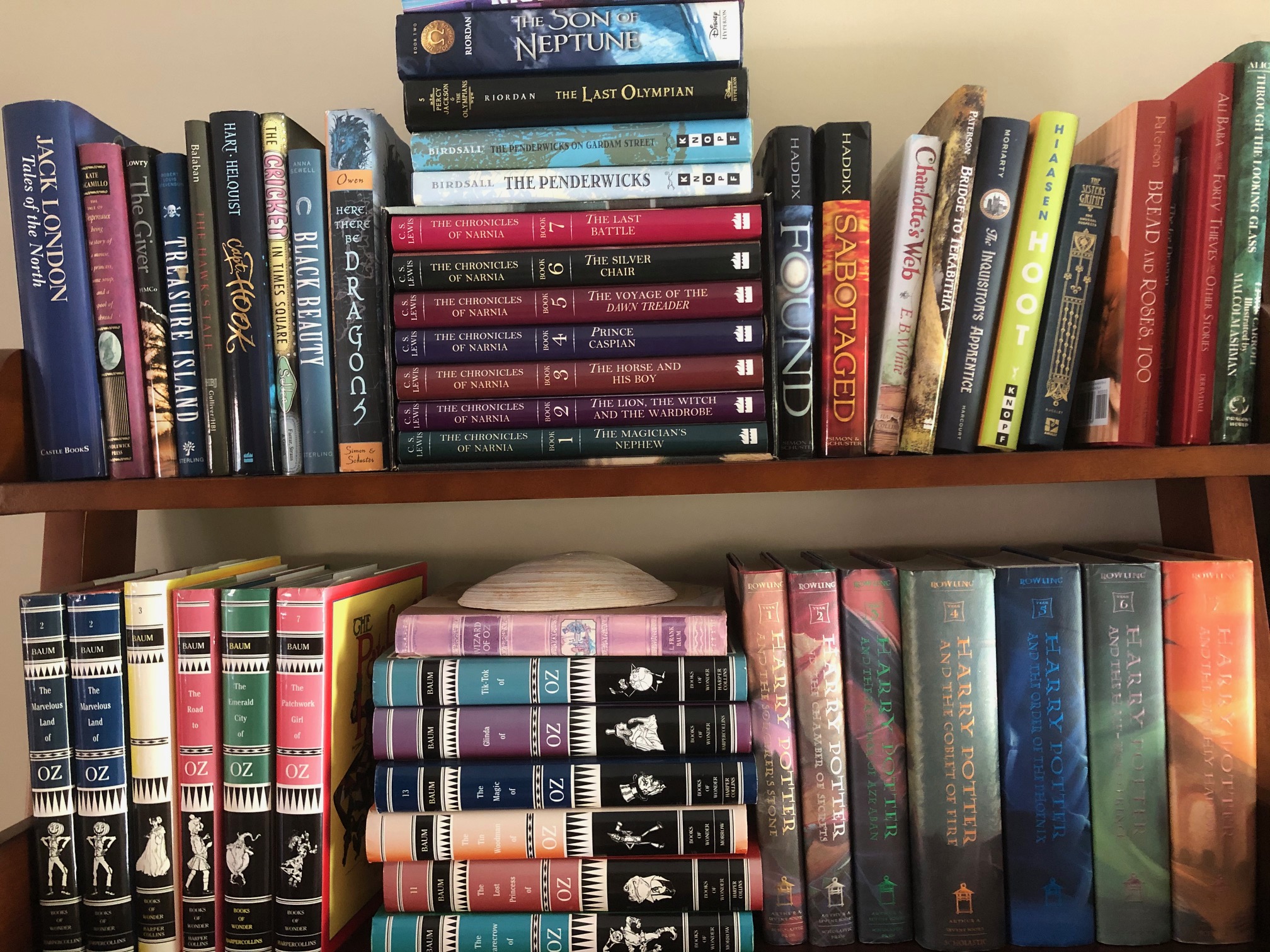Please help support TroveStar. Why?
As a physical object, a book is a stack of usually rectangular pages (made of papyrus, parchment, vellum, or paper) oriented with one edge tied, sewn, or otherwise fixed together and then bound to the flexible spine of a protective cover of heavier, relatively inflexible material. The technical term for this physical arrangement is codex (in the plural, codices). In the history of hand-held physical supports for extended written compositions or records, the codex replaces its immediate predecessor, the scroll. A single sheet in a codex is a leaf, and each side of a leaf is a page.
As an intellectual object, a book is prototypically a composition of such great length that it takes a considerable investment of time to compose and a still considerable, though not so extensive, investment of time to read. This sense of book has a restricted and an unrestricted sense. In the restricted sense, a book is a self-sufficient section or part of a longer composition, a usage that reflects the fact that, in antiquity, long works had to be written on several scrolls, and each scroll had to be identified by the book it contained. So, for instance, each part of Aristotle's Physics is called a book, as of course, the Bible encompasses many different books. In the unrestricted sense, a book is the compositional whole of which such sections, whether called books or chapters or parts, are parts.
The intellectual content in a physical book need not be a composition, nor even be called a book. Books can consist only of drawings, engravings, or photographs, or such things as crossword puzzles or cut-out dolls. In a physical book, the pages can be left blank or can feature an abstract set of lines as support for on-going entries, i.e., an account book, an appointment book, a log book, an autograph book, a notebook, a diary or day book, or a sketchbook. Some physical books are made with pages thick and sturdy enough to support other physical objects, like a scrapbook or photograph album. Books may be distributed in electronic form as e-books and other formats.
Database Books has 27 Items
As an intellectual object, a book is prototypically a composition of such great length that it takes a considerable investment of time to compose and a still considerable, though not so extensive, investment of time to read. This sense of book has a restricted and an unrestricted sense. In the restricted sense, a book is a self-sufficient section or part of a longer composition, a usage that reflects the fact that, in antiquity, long works had to be written on several scrolls, and each scroll had to be identified by the book it contained. So, for instance, each part of Aristotle's Physics is called a book, as of course, the Bible encompasses many different books. In the unrestricted sense, a book is the compositional whole of which such sections, whether called books or chapters or parts, are parts.
The intellectual content in a physical book need not be a composition, nor even be called a book. Books can consist only of drawings, engravings, or photographs, or such things as crossword puzzles or cut-out dolls. In a physical book, the pages can be left blank or can feature an abstract set of lines as support for on-going entries, i.e., an account book, an appointment book, a log book, an autograph book, a notebook, a diary or day book, or a sketchbook. Some physical books are made with pages thick and sturdy enough to support other physical objects, like a scrapbook or photograph album. Books may be distributed in electronic form as e-books and other formats.
Database Books has 27 Items
Genre
| Database Count | |
|---|---|
| All Items | 27 |
| ↠ Uncategorized | 6 |
| ↠ Biography | 2 |
| ↠ History | 5 |
| ↠ Military History | 4 |
| ↠ Transport | 10 |


